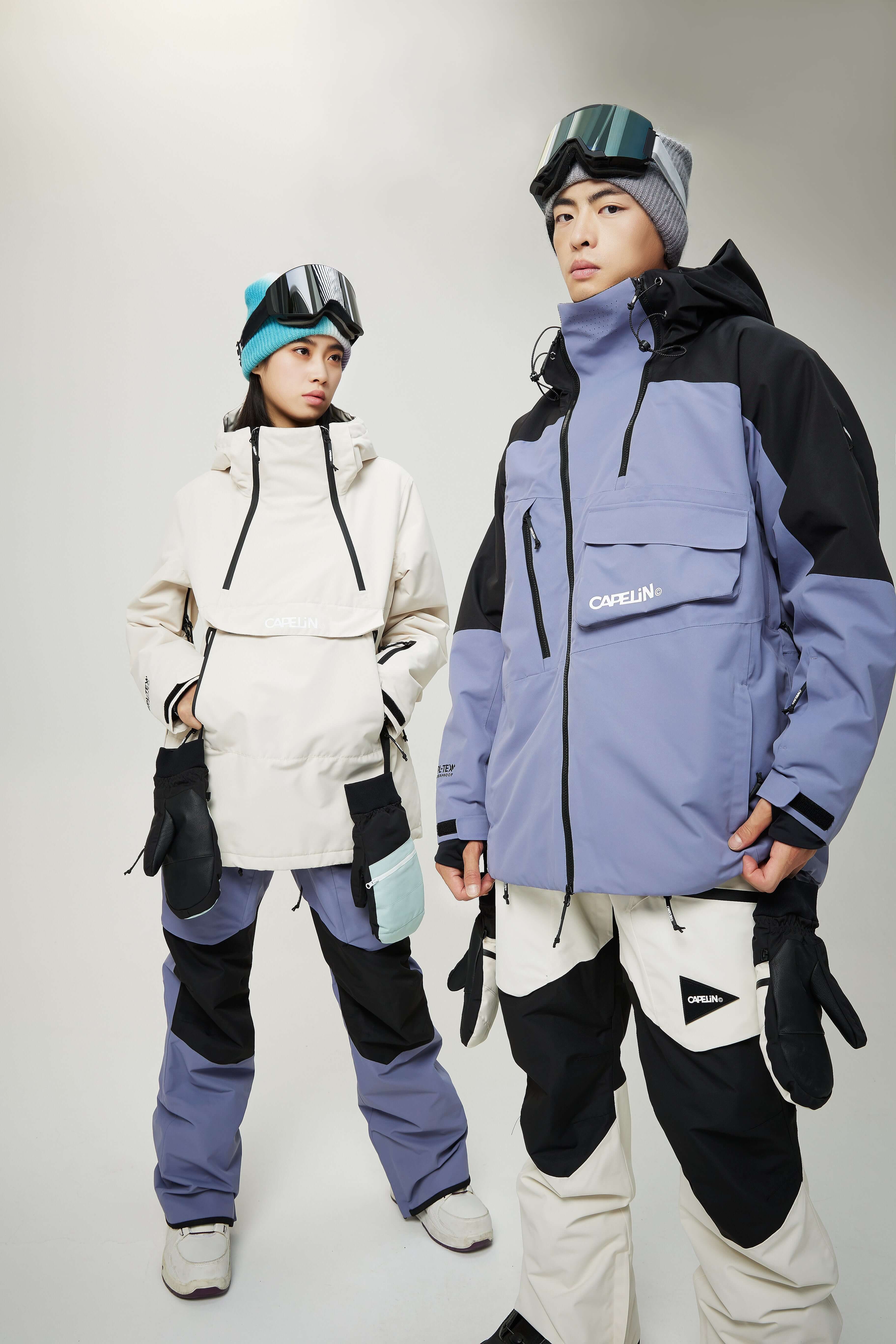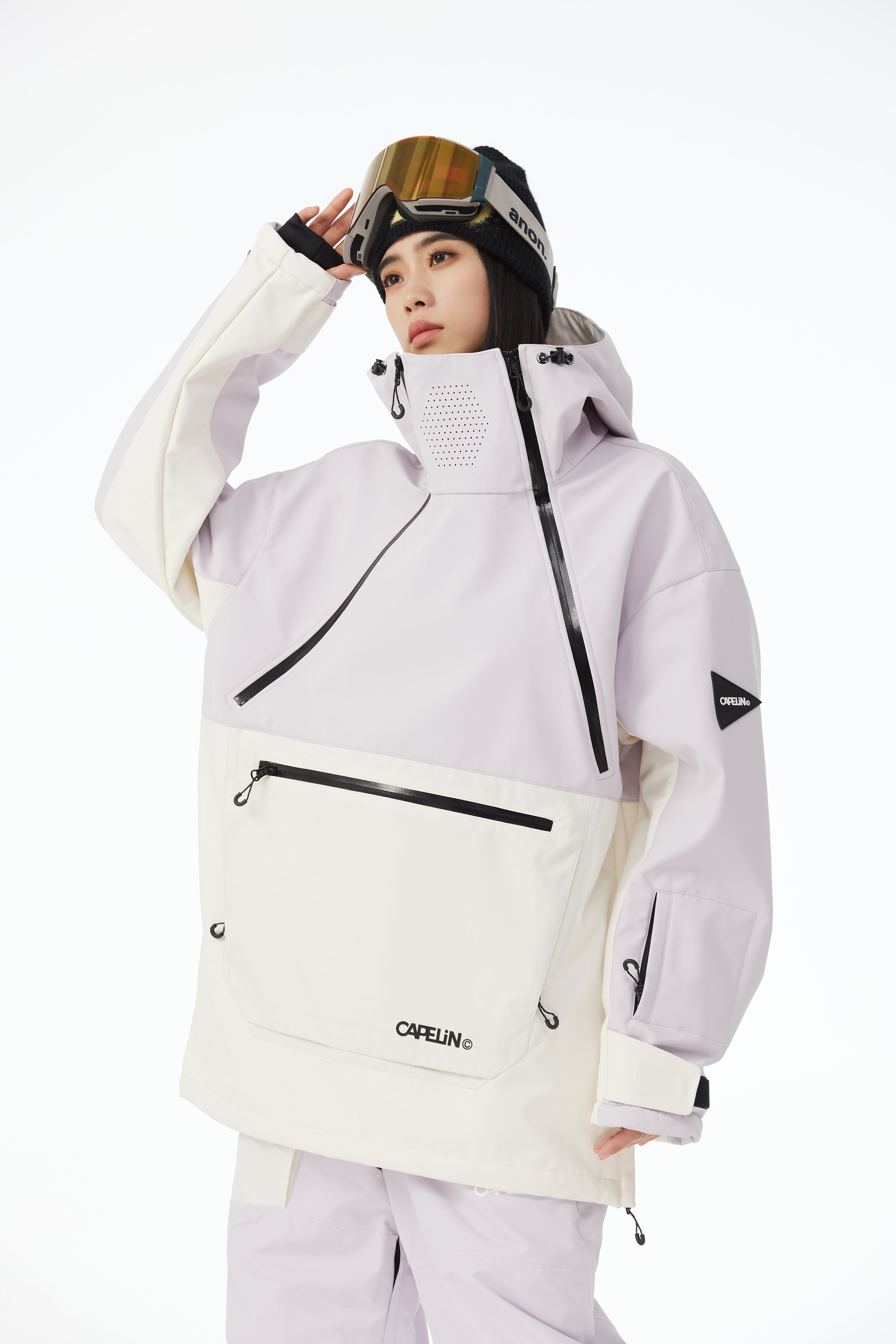When you're ready to buy a ski suit, see an introduction that is super complicated
Do you feel like confused?
Know that the last one you buy is definitely the one with the highest value. But, to be honest, if you don't understand the above performance parameters and spend thousands of dollars at a time, are you really not panic? After all, everyone relies on moving bricks to make a living, so it's not like having a mine at home, right?
As a professional ski sports equipment, ski suits have their professionalism in skiing. (Knock on the blackboard, down jackets cannot be used for skiing!) Ski suits need to have three basic functions: waterproof, breathable, and warm. When skiing, most of the time is dealing with snow and ice. Snow will definitely stick to the skiing process, and the snow left on the clothes will melt quickly. If the water resistance of the ski suit is not good, the snow water is likely to seep into the clothes and make the skier uncomfortable. In addition, the ski suit has a special padding layer to keep warm. The material of the padding material determines the warmth retention of the ski suit, and also affects the weight, breathability and comfort of the ski suit.
FABRICS
Generally speaking, the ski suit fabric will adopt the inner and outer double-layer structure, the outer layer is made of breathable, waterproof, wear-resistant and wear-resistant materials, and the inner layer is made of silk cotton and other fabrics with excellent heat retention, perspiration, and breathability.
Polyester (Polyester): a commonly used chemical fiber clothing fabric, has excellent shape-setting properties, and can remain unchanged for a long time after repeated washing in use.
GORE-TEX: A durable, waterproof, breathable and windproof fabric exclusively invented and produced by W.L.Gore & Associates, known as the "Century Cloth". It is sealed to achieve waterproof effect, and through chemical replacement reaction to achieve breathable effect, breaking the incompatible opposition between waterproof and breathable, and has windproof and warm effects at the same time.
Thermolite: A new type of fiber invented by DuPont in the United States. It is a hollow fiber produced by imitating the fluff of polar bears and has excellent thermal insulation properties. Each fiber contains more air, creating an air shield that keeps cold air out and moisture out, keeping the wearer's body warm, dry, comfortable, and light.
Thinsulate high-efficiency warm fleece (Thinsulate): a new type of thermal insulation material invented by 3M company in the United States, it is made of fine fibers that are only 1/25 of human hair, and is the best "thin" thermal insulation material on the market; Under the same thickness, "Thinsulate" is 1.5 times warmer than down, and it can still keep warm in rainy and snowy environments.
Functionality Indicators
Breathability: refers to the quality of water vapor permeable within 24h of a film with a certain relative humidity difference, a certain thickness, and an area of 1 square meter. It is recommended to choose a breathable material above 5,000g for ski suits.
Waterproofing (Waterproofing): refers to how many mm of water column per square centimeter can withstand one hour without water seepage. It is recommended to choose a waterproof material above 10,000mm for ski suits. Of course, if you want to sit on the snow all day without getting your butt wet, something over 20,000mm might be a better choice.
Thermal Rating: I believe that the conditions of the ski resorts you go to will not be too bad, and the average person in the Antarctic cannot go to the Antarctic. General ski suits should be able to meet your thermal requirements. If you are really afraid of the cold, you can also add the all-purpose long johns.












